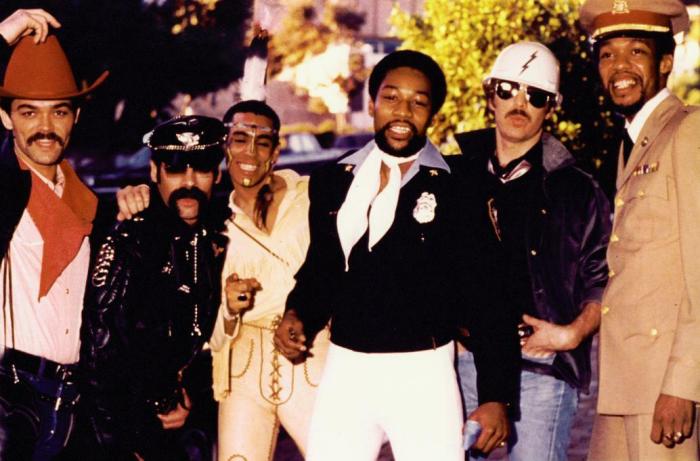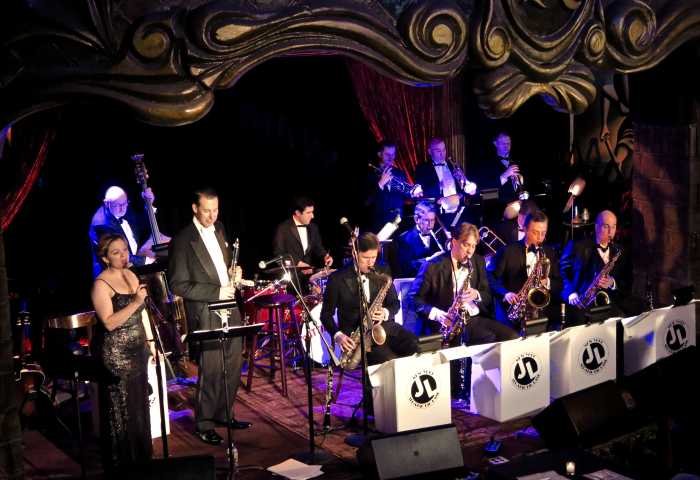The Hungarian State Opera and National Ballet appeared in New York for two weeks in late October and early November, performing at the Koch Theater. The repertory was mouthwatering for the opera aficionado: Ferenc Erkel’s “Bánk bán,” Karl Goldmark’s “Die Königin von Saba,” and a double bill of the one-acts “Mario and the Magician” by János Vajda and “Bluebeard’s Castle” by Béla Bartók. The company, however, proved to be a bewildering mix of musical excellence, amateurish provincial productions, and uneven singing. When it was good, it was very, very good, but when it was bad…
Erkel’s “Bánk bán” (“Viceroy Bánk,” which premiered in 1861) is a tragic three-act grand opera with strong nationalistic themes and is considered Hungary’s national opera. With many dignitaries present, it opened the festival on October 30.
Erkel co-opts the structures of the French grand opera of Meyerbeer, combining them with the dramatic propulsion of middle-period Verdi. When the coloratura heroine Melinda who goes mad after she is ravished, Erkel harkens back to the bel canto of Bellini and Donizetti with two florid mad scenes. To this tasty musical stew, Erkel adds a strong dash of paprika with Hungarian czardas folk accents reminiscent of Emmerich Kálmán. It’s broadly melodic but also a little heavy-handed in places due to Erkel’s simple compositional techniques.
Bánk bán returns from touring the countryside to find that the foreign Meranian Queen Gertrud has let the Hungarian royal court run riot with her Meranian countrymen abusing the peasants and draining the royal coffers while King Endre II is off at war. Bánk’s wife Melinda is being openly courted by the Queen’s brother Otto with Gertrud’s approval. After Melinda is raped by Otto, Bánk bán goes vigilante Charles Bronson in “Death Wish” on Gertrud, killing her in retribution for his country and family’s loss of honor. Melinda goes melodiously mad with gypsy violin and cimbalom obbligato and jumps into the river with their son. Bánk bán confesses to King Endre II that he murdered the Queen and collapses over the corpses of his wife and child.
Attila Vidnyánszky’s relatively new production already looks faded and broken down. The unit set and costumes were an ugly mix of traditional and stylized modern but were done cheaply, lacking style. The lighting was terrible, with most of the stage shrouded in darkness except for an exposed lighting instrument stage center that shone blindingly into the audience at several points. (Rushing multiple productions into an unfamiliar theater with little tech rehearsal time created problems, and several performances were canceled to allow for needed preparation.) The stage direction looked clumsy.
Vocally, this was a real mixed bag. Bánk bán, usually a heroic tenor role, was sung in an alternative baritone version by the impressive Levente Molnár, who poured out a rich Verdi baritone timbre and smooth legato lines. He scored in the patriotic ode to Hungary, “Hazám, Hazám.” As Melinda, coloratura Zita Szemere sounded glassy and sharp-edged with pitch problems. In her movingly sung mad scenes, she floated delicate pianissimos and precise staccati. István Horváth revealed a pretty but unsteady lyric tenor as Otto, but as his evil sister Gertrud, mezzo Judit Németh, sounded worn out — a blown-out hollow middle voice and shrieking high notes. Balázs Kocsár conducted his excellent orchestra in a routine reading of the score that lacked energy and propulsion.
The double bill of “Mario and the Magician” and “Bluebeard’s Castle” was even more frustrating as silly and inept staging undercut excellent musical values. Vajda’s score for “Mario and the Magician” (based on a Thomas Mann short story with themes of burgeoning fascism and closeted homosexuality) is an odd mix of Nino Rota and Hans Werner Henze. It sounded accomplished but is immediately forgotten after one hearing. “Bluebeard’s Castle” was marvelously sung by mezzo Ildikó Kómlosi (who should have sung Queen Gertrud) as Judith and bass András Palerdi (who also sang the Magician earlier) as Bluebeard.
A much more alert Kocsár summoned powerful precise playing from the orchestra. The production by Péter Galambos was unbelievably inept. The set consisted of layered scrims with projections including an ever-present downstage scrim behind which all the action played as if viewed through a dirty window. Bluebeard’s castle consisted of a drawing room with upholstered chairs and an old Victrola. When Bluebeard offered Judith the keys to the seven doors, he gave her a folio that, when opened, revealed a vision of the “room” projected on the rear scrim. The projections for the first three doors didn’t appear and the last four resembled filmstrips or slides from an elementary school presentation. The banality of the images clashed sadly with the illustrative power of Bartók’s score.
Karl Goldmark, a Hungarian Jew, composed in a thoroughly international style. “The Queen of Sheba”/ “Die Königin von Saba” (1875) written to a German-language libretto by Salomon Mosenthal was performed throughout Europe in the decades before World War I but totally disappeared after World War II except in Hungary. The score combines the French Grand Opera style of Saint-Saëns and Gounod with early German Romanticism (any Wagnerian influence was absent). The music and orchestration are crafted with great sophistication though melodically much of it is pleasant but unmemorable.
The exception is the dreamy tenor romance “Magische Töne,” made famous in solo recordings by Leo Slezak and Nicolai Gedda. Sulamith, the daughter of the High Priest of Israel, is engaged to the warrior Assad, but he has been bewitched by an unknown beauty in the desert and wishes to break things off. The betrothal ceremony is attended by King Solomon and a foreign guest, the Queen of Sheba, whom Assad recognizes as his mysterious desert siren. She pretends not to know him and Assad loses his cool, committing blasphemy and chaos ensues. A repentant Queen of Sheba again seduces Assad in Act II. After rejecting the Queen of Sheba, Assad is banished to the desert where he dies in a sandstorm. The loyal Sulamith follows him and weeps over his dying body.
The production by Csaba Káel is straightforward and traditional with a well-lit unit set by Éva Szendrényi and Hollywood style costumes by Anikó Németh. János Kovács led a taut well-paced reading of Goldmark’s score.
In the title role, Erika Gál has a cool blonde beauty reminiscent of Lee Remick, and her rich full lyric mezzo-soprano has seamless registers and a firm top. The demanding French heroic tenor vocal writing for Assad was sturdily sung by Boldizsár László. Though he lacked a little finesse at first, his ringing upper register firmly surmounted all the exposed difficulties of the music. Veteran soprano Eszter Sümegi commanded Sulamith’s high-lying soprano music with silvery radiance and dignified pathos. Zoltán Kelemen, as a King Solomon wise to wicked wiles of women like the Queen, advised Assad — with a rich bass baritone and good volume — to marry a nice Jewish girl. “The Queen of Sheba” emerged as the best presentation with a basic but satisfying production and a consistently good cast.






























